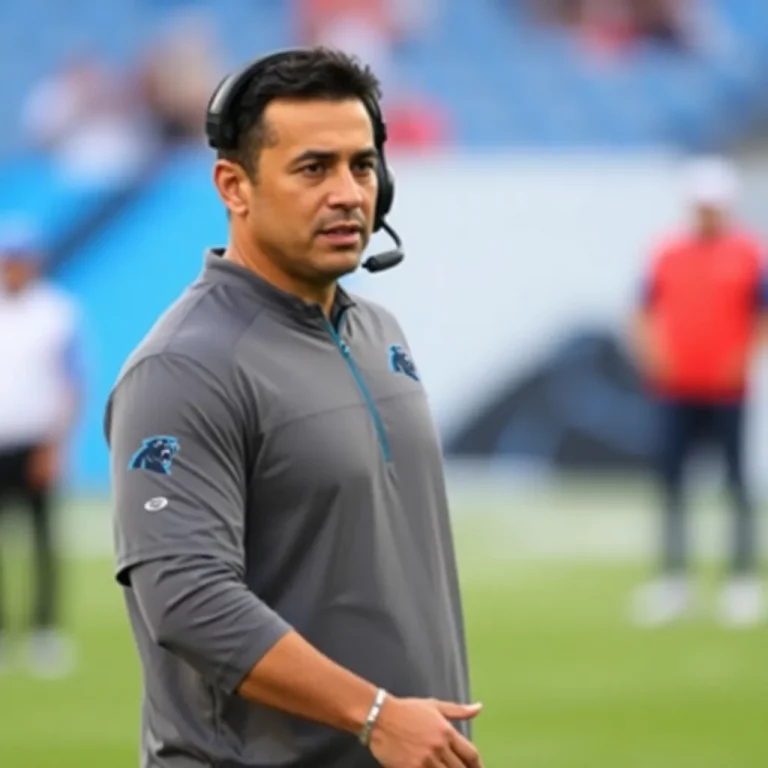In Charlotte, excitement is brewing as the NFL continues to see changes in head coaching roles. The Carolina Panthers recently solidified their commitment to diversity by hiring Dave Canales as their new head coach, making him the fifth Latino head coach in NFL history. This is a significant milestone, especially considering that before him, there were only four Latino coaches in over a century of the league’s history.
Canales, who has a Mexican-American background, is known for his innovative coaching style, often dubbed a “quarterback whisperer.” Last season, while the Panthers struggled with a 5-12 record, there were promising signs toward the end of the year. Quarterback Bryce Young showcased a resurgence, completing 65 percent of his passes and throwing seven touchdowns without any interceptions in his last three games, leading to a solid passer rating of 111.6.
His hiring comes after the NFL’s record-breaking period for head coaching hires, which included four coaches of color. However, Canales’ appointment also highlights the challenges faced by Latino coaches in the NFL. He remains the only Latino head coach currently coaching in the league, raising questions about the future representation of Latino coaches.
The road to this point in Canales’ career has not been typical for Latino coaches. From coaching at El Camino College to working closely under the mentorship of Pete Carroll for many years, Canales worked his way up to become a respected offensive coordinator. This journey speaks to the unique challenges Latino coaches face, as many lack opportunities to rise through ranks in the same way as their white counterparts.
Even though the league has made strides in increasing diversity among head coaches, the reality is stark. The NFL saw no Latino offensive coordinators for the first time since the Rooney Rule was put in place in 2003, and the current percentage of Latino coaches and assistants remains markedly low. In 2023, only 2.73% of NFL assistants identified as Latino or Hispanic, while a mere 0.5% of players fell under the same classification.
The growing Hispanic fan base, which has reached an all-time high of 34.6 million in the U.S., is becoming increasingly significant for the league. This surge in Latino fandom might raise expectations for better representation on the field. If the NFL continues to see a rise in Hispanic fans, the league may need to address the lack of Latino representation at coaching levels. As Latino fans continue to rally around football, they may ultimately seek connections that reflect their identity.
As the 2024 season approaches, the Panthers, under Canales’ leadership alongside Young, hope to build on last season’s gains. The focus remains not just on winning, but also on paving the way for greater representation of Latino coaches in professional football.


